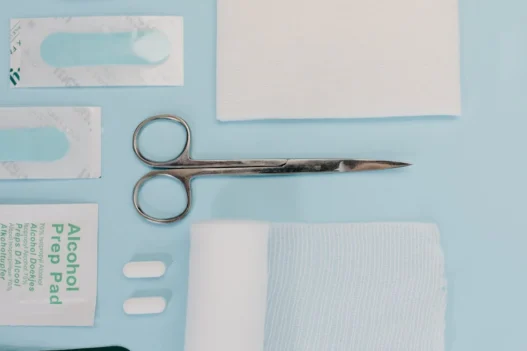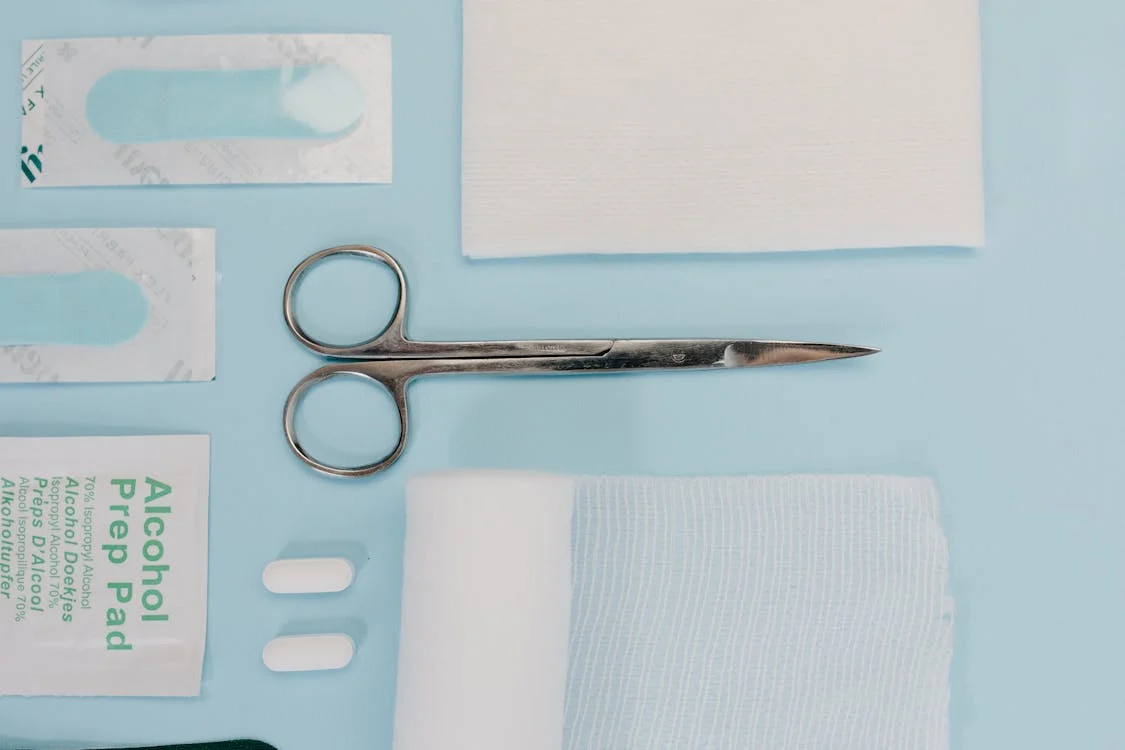0SS93ZZ is a procedure in which the right hip joint is repositioned using a minimally invasive approach. This technique involves using a needle or other small instruments to adjust the position of the joint without the need for major surgery.
Table of Contents:
- 🔎 Clinical Indication
- 📋 Preparation
- 📖 Methodology
- 🩹 Recovery
- 🚨 Complexity & Risk
- 🔀 Similar Procedures
🔎 Clinical Indication
Reposition Right Hip Joint, Percutaneous Approach (0SS93ZZ) may be performed to correct a dislocated hip joint. This procedure involves manipulating the hip joint back into its proper position through a minimally invasive approach.
Percutaneous repositioning of the hip joint can help alleviate pain, improve hip function, and prevent further damage to the joint. This procedure may be recommended for patients who have experienced a traumatic injury or have a congenital hip dislocation.
By using a percutaneous approach, surgeons can reduce the risk of complications, minimize scarring, and promote a faster recovery compared to traditional open surgery techniques. Repositioning the right hip joint in this manner may restore mobility and quality of life for individuals suffering from hip dislocation.
📋 Preparation
Before undergoing OSS93ZZ (Reposition Right Hip Joint, Percutaneous Approach), doctors will first review the patient’s medical history to assess any potential risks or complications. This will help determine the best course of action for the procedure. Additionally, the patient may need to undergo blood tests or imaging scans to further evaluate the condition of the right hip joint.
📖 Methodology
During the procedure 0SS93ZZ, the surgeon repositions the right hip joint using a minimally invasive approach. This involves making a small incision near the hip joint to access and manipulate the joint into its proper position.
The percutaneous approach allows the surgeon to realign the hip joint without the need for a large surgical incision. This can help reduce pain, improve mobility, and facilitate a quicker recovery for the patient.
Overall, 0SS93ZZ is a relatively straightforward procedure that aims to correct any misalignment or instability in the right hip joint using a less invasive technique.
🩹 Recovery
After undergoing a reposition of the right hip joint using a percutaneous approach, the patient will typically be instructed to limit weight-bearing activities for a period of time. This will allow the joint to heal properly and avoid putting unnecessary stress on the hip.
Physical therapy is often recommended to help strengthen the muscles surrounding the hip joint and improve range of motion. The therapist will guide the patient through exercises to promote flexibility and stability in the hip, aiding in the recovery process.
Follow-up appointments with the surgeon may be necessary to monitor progress and ensure that the hip joint is healing properly. Pain management techniques, such as medication and ice therapy, may also be utilized to help alleviate any discomfort during the recovery period.
🚨 Complexity & Risk
Performing 0SS93ZZ, also known as Reposition Right Hip Joint, Percutaneous Approach, is a complex medical procedure that involves manipulating the hip joint through a small incision. This technique requires precision and skill to ensure the joint is properly realigned.
However, there are potential risks associated with this procedure, including infection, nerve damage, and improper alignment of the hip joint. Patients undergoing this procedure should be aware of these risks and discuss them with their healthcare provider before proceeding.
🔀 Similar Procedures
Another medical procedure similar to repositioning the right hip joint is the percutaneous approach for fixing a dislocated shoulder. This procedure involves using a needle to guide the shoulder joint back into place, similar to how the hip joint is repositioned.
Both procedures are minimally invasive and done using a small incision, which typically results in less pain and a quicker recovery time for the patient. The percutaneous approach for fixing a dislocated shoulder is often preferred by doctors due to its effectiveness and low risk of complications.

